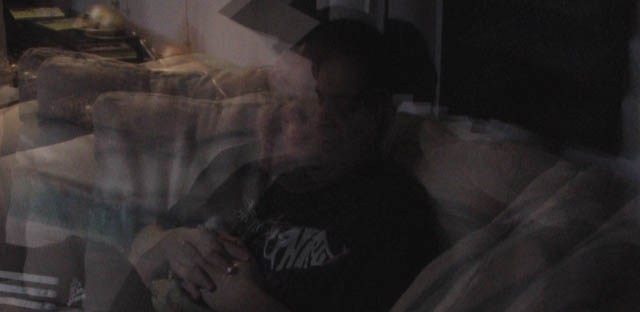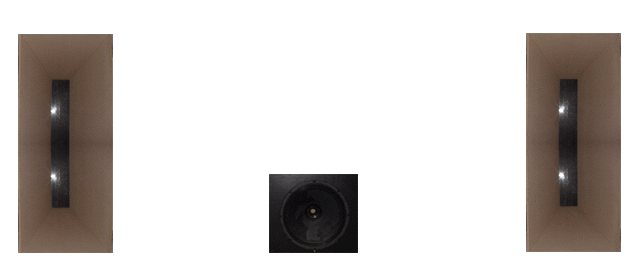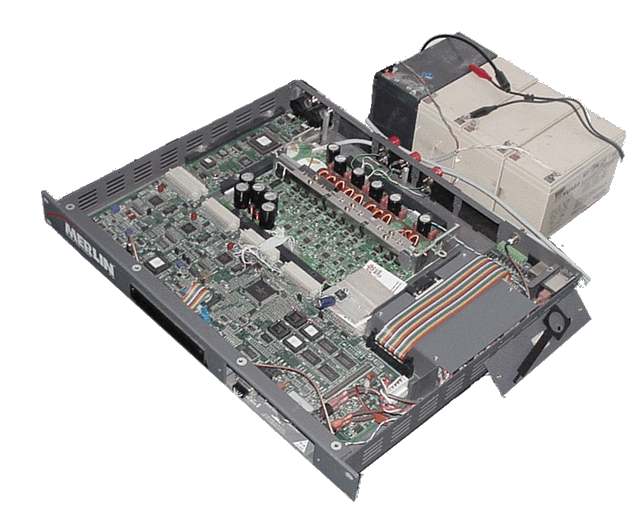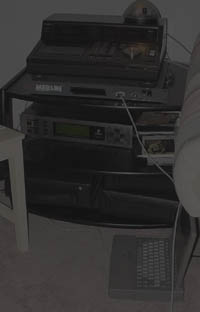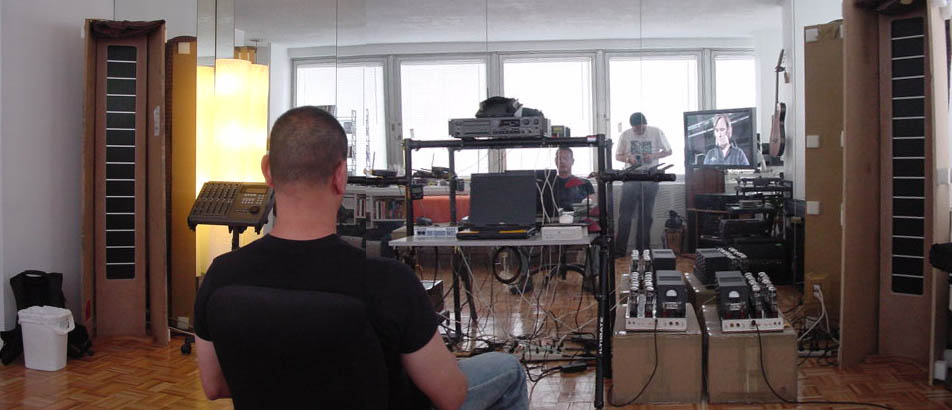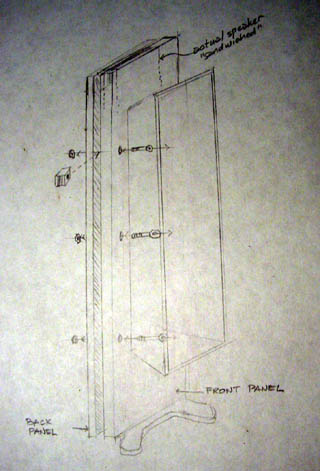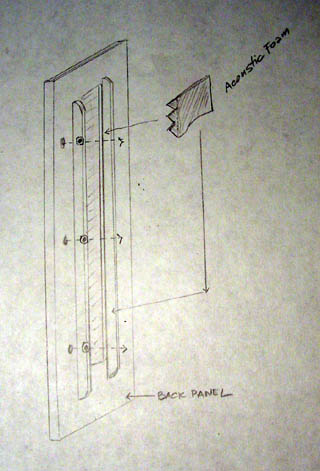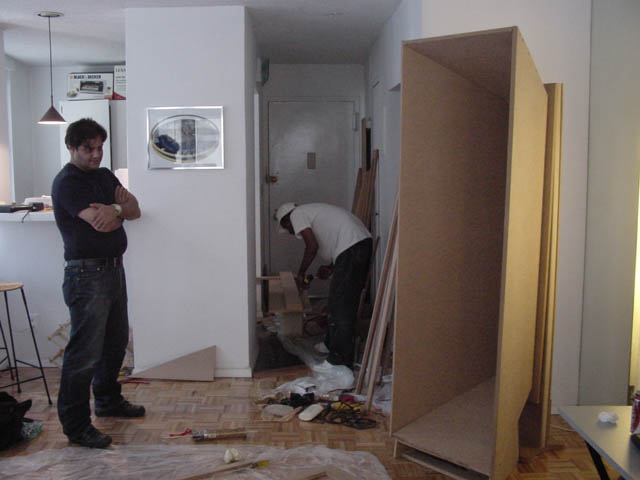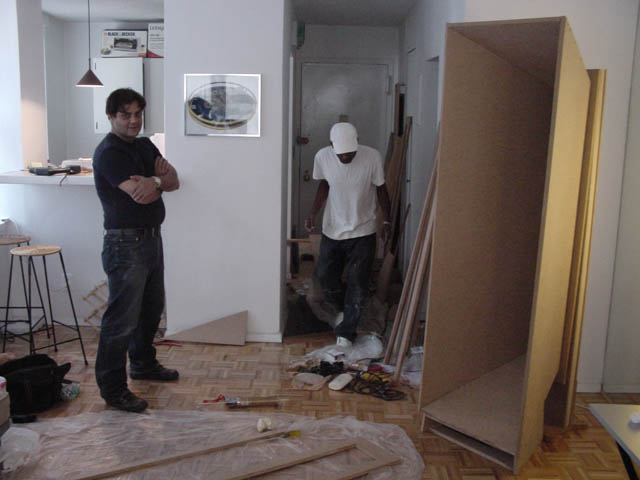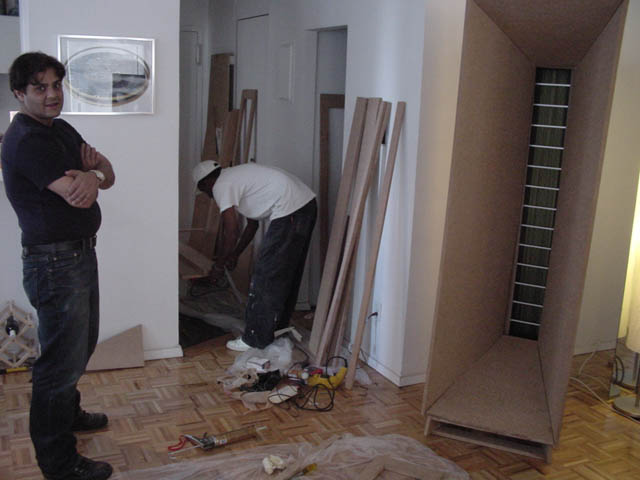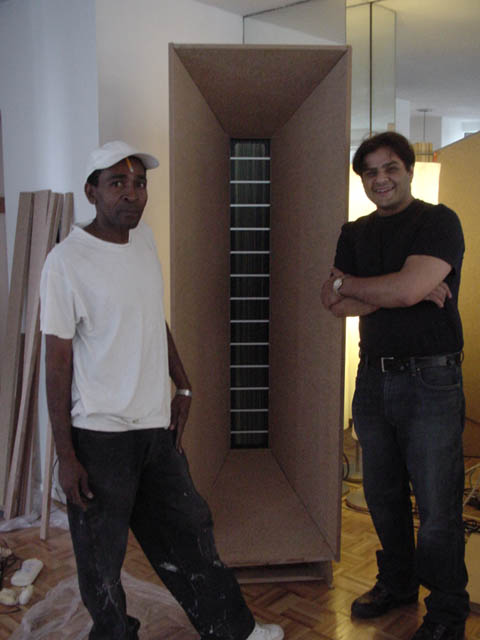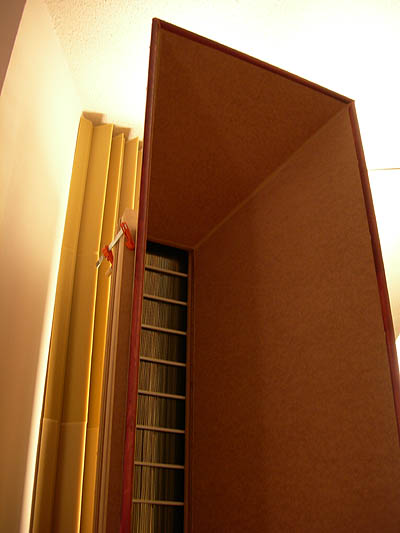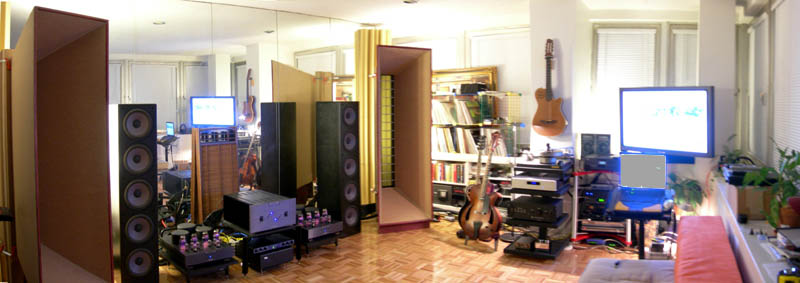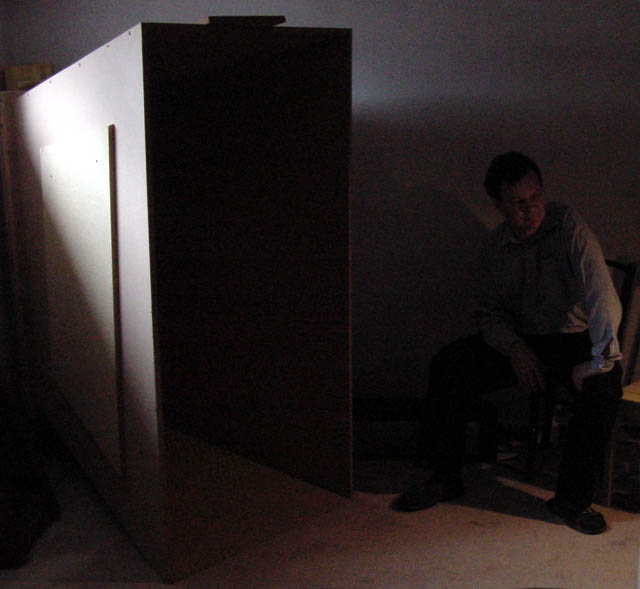
I first saw ESL/Horns at fellow Audiocircle member Csero's place and I had written a review of his system (copied below).
Audio Nirvana on a Budget? / The Audio Philosophy of Csero

On the way to csero/Frank's place for a "mid-month bash", audioslave/Shahid and mcrespo71/Michael were engaged in a lively discussion in the backseat. Among a variety of audiophile topics, Michael was describing a particular audio accessory you put under certain gear which he said also came in a "warmer" version. I glanced over to my buddy Jess, whom I convinced to drive us to Jersey, and he had a wicked smirk on his face. Softly I told him, look, we've been here before with ICs and other cables, and even some of so-called voodoo tweaks sometimes do work. He just shook his head, still smiling, when I asked him to keep an open mind.
I had written about csero's system before (click here) so I won't repeat what I had mentioned. The only difference this time around was that Frank had told me earlier he had replaced the Stax F81s with his own larger DIY stats, allowing him to easily go above 100db.
Csero's basement is approx 16' x 12' x 7' with acoustic foam treatments in the corners and at behind the listening position. Along the long wall are his new stats with their 6' tall x 4' long by 3' wide enclosures. The stats themselves appear very well made, although Frank said he was replacing the 12u foil with a thinner 3.6u. If I remember correctly, the 18" sub was crossed-over at the DSP at 50Hz.
Stages of bliss
You close your eyes and the within a few seconds everything else disappears. You are disoriented. The music gets inside you. Then you begin to smile as rational thought kicks in, but you grope for words and get lost again. Finally, you let go and the music takes you away.
Different listeners, similar effect. An attempt to depict these stages of bliss--
And what takes you there
After our listening session, we gathered around Frank in discussion. Personally, I was interested in learning more about his DIY stats, Michael in how he integrated his EQ/RTA into the system, Jess with the stat enclosures and Shahid was curious about the DSP/digital amp. It didn't take long for us to understand that the whole couldn't be reduced to the sum of its parts.
To reiterate Csero's philosophy, it's not so much about components in the audio delivery system, what ultimately matters is how it sounds like at the listening position.
Much has been said about how the overall cost of csero's gear vs megabuck systems but I believe it has to be put into perspective. His system is a culmination of years of formal education, practical experience building and understanding a wide variety of audio gear, and a deep passion for engineering and physics, acoustics and music. This, fortunately, does not come with a price tag.
Epilogue.
On the way home, I looked over my shoulders at Shahid who was looking into the distance, a faint smile on his face. Michael was sleeping and at peace. Jess turned to me and said, "what a great day!" I silently nodded as the night skyline of Manhattan came into view across the bridge.
A few months later, I had the Audiostatic ESLs and built a "prototype" using the crates as makeshift "waveguides." Rear-wave damping was using an old down comforter. At the time I could hear the system's "promise."
So armed with a couple drawings--
I knew a guy (Shahid, below left) who knew this guy (Bruce, below right)... who finally built the thing! Bruce had pre-cut the front, back and horn panels and brought them over to my apartment. Below we see the horns in different stages of completion.
Finally we get one up! Unfortunately, we didn't get to listen that day because as we were finishing up the second speaker, I accidentally banged my head in one clamp holding the front and back pieces and had to go to the hospital to get some stiches in my forehead.
The basic idea is to have an "exoskeleton" for the ESL. This consisted of two pieces of MDF cutout with the dimensions of the panel. The horns are attached to the front piece and "wings" are attached to the back piece. These wings direct the rear wave to the corner where there are absorption panels. The front and back panels are then clamped together "sandwiching" the speaker. I also had rubber lining around the panels so as not to damage the speaker.
Audiostatic DCI-LT DIY Horns.
